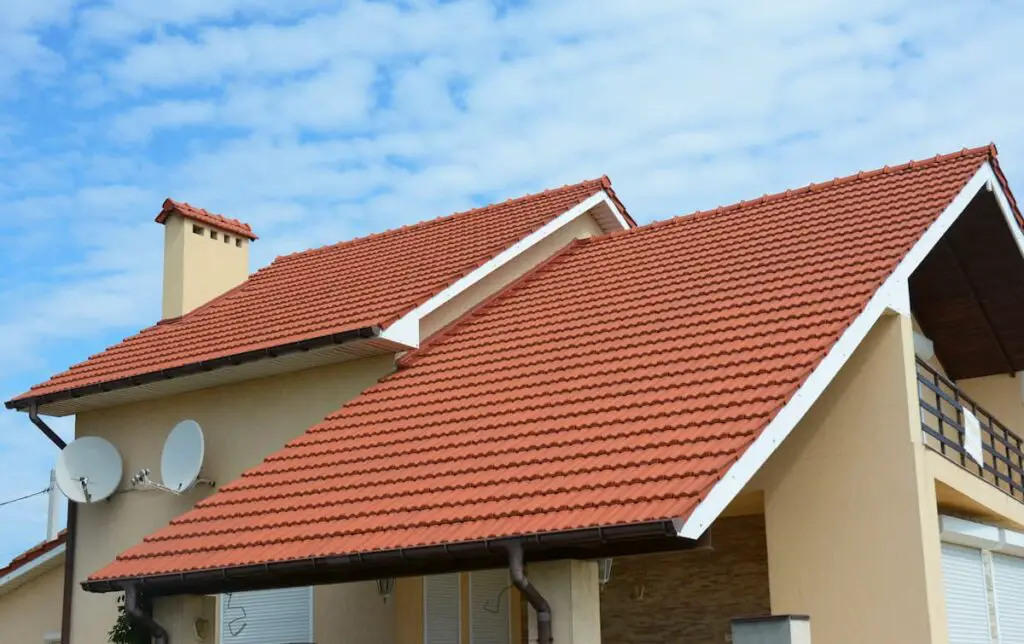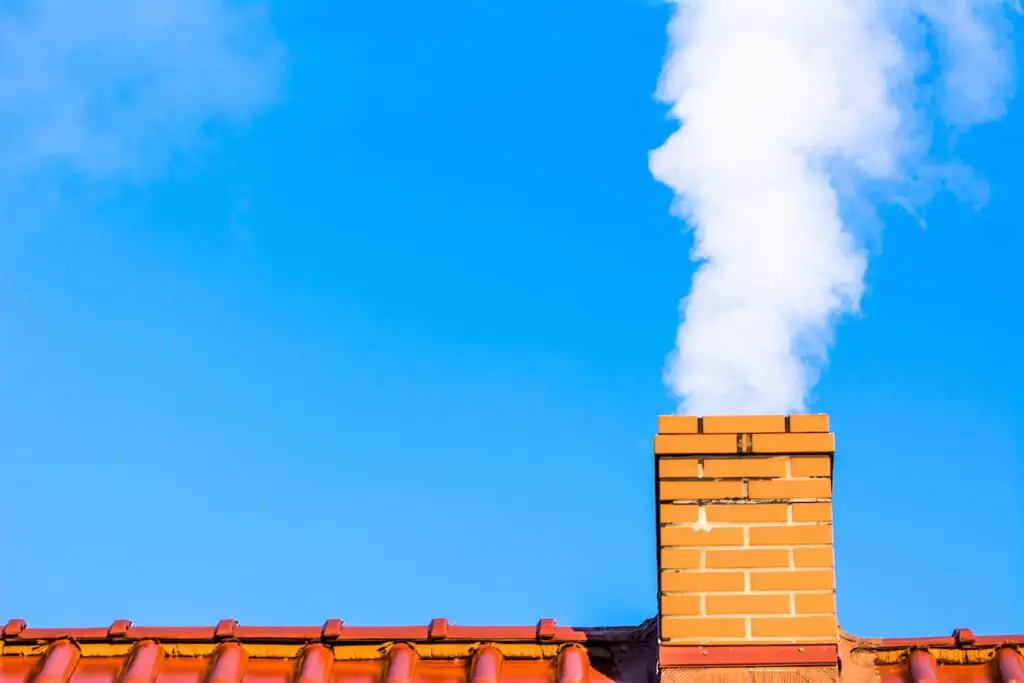As an Amazon Associate, we earn from qualifying purchases. We may also earn commissions if you purchase products from other retailers after clicking on a link from our site.
A destroyed roof is one of those things you never want to see when approaching your home. While roof damage is mainly caused by natural disasters such as hailstorms, hurricanes, and tornados, strong winds can also cause notable damage to your roof. So, how strong does wind have to be to rip a roof off?
Winds above 50-60 mph can rip a roof off, according to the National Severe Storms Laboratory (NSSL). However, if you live in a hurricane-prone area, a roof should be designed to handle up to 150 mph winds. In which case, winds above that threshold can cause significant damage to the roof.
In this article, I’ll explain how wind damages your roof, how to assess roof damage after strong winds, and how to deal with the damage. Read on to learn more.

Factors That Determine the Extent of Wind Damage to a Roof
Damaging winds or strong winds can actually rip off your roof, considering the statistics from the National Severe Storms Laboratory. While hurricanes and tornadoes account for most damage on roofs, thunderstorms and strong winds account for half of the damage done on roofs in 48 US states.
So, while it’s good to be prepared for hurricanes and tornadoes, it’s equally important to safeguard your roof from damage by thunderstorms and strong winds. You also need to know how to identify destructive winds in your area to safeguard your home.
The strength of the wind mainly causes wind damage to your roof. However, various factors determine the extent of the damage, including:
- Roof layout and structure
- Roof materials and installation
- Debris landing on your roof
- Wear and tear
Here’s a breakdown of those factors.
Roof Layout and Structure
One factor that determines how much damage your roof can get from strong winds is the layout. Gables are more vulnerable than hip off roofs. If you have a gable roof, you can use different strategies to reinforce the roof and protect it from damage.
The roof structure will also determine the extent of wind-driven damage. While the roof can take substantial damage from strong winds, some areas are more vulnerable than others, especially corners and eaves. These are more likely to be pulled off or curled by strong winds, and extra reinforcement must be used in these areas.
Roof Materials and Installation
The roofing materials used on your house determine how well the roof can withstand strong winds.
Thin and poor-quality shingles are more susceptible to wind damage than stronger and better-quality shingles. If your house has these thin and poor-quality shingles, consider replacing them with better-quality ones.
The installation process of your roof determines if it can endure strong winds or if it’ll be destroyed. Contact qualified experts in the construction practice whenever you roof your house or repair it. This helps you reduce future avoidable repair costs on your roof.

Debris Landing on Your Roof
Sometimes, strong winds come bearing heavy debris deposited on your roof. Such debris can cause a lot of damage to your roof.
These debris are tree branches, stones, or even downed power lines.
Damage caused by debris includes puncturing the roof or clogging of roof gutters.
Wear and Tear
Most times, the damage caused on your roof by winds could be made worse because of wear and tear on your roof. Some of the most common forms of wear include:
- Sealant between shingles fails
- Shingles curl and crack
- Rotting of roof and structure caused by repeated freezing and thawing.
You can prevent wear and tear-related damage on your roof by repairing them well.
Evidence of Wind Damage on Your Roof
When assessing the extent of damage on your roof after strong winds, particular areas are more prone to severe damage. These vulnerable areas on your roof are some of the places to pay close attention to and assess for wind damage.
Here are some of the most common types of wind damage on roofs.
Loose or Missing Shingles
If you find shingles lying around your compound, you know strong winds have hit your roof hard. Sometimes, the shingles won’t come off entirely but will become loose or hang loosely from the roof.
In such a scenario, you need to get the shingles back where they came off.
Depending on the extent of damage on the shingles, you can either buy new ones or get an expert to fix the old ones.
Chimney Issues
If your chimney looks crooked or is blown off to one side, your roof took quite a beating from the winds.
The chimney is one of the strongest parts of your roof, and if it’s been damaged, you need to assess the rest of your roof even more thoroughly. I recommend getting a professional to check this out for you to avoid missing anything.

Curling or Peeling Shingles
Do your shingles look crooked, peeled, or curled unusually after a gush of a strong wind? If the answer is yes, the winds might have damaged your roof.
You can climb up the roof and assess if there’s any damage. Alternatively, you can hire experts to do a thorough assessment of your roof and determine the extent of the damage.
Granule Loss
Winds can sweep off the granules off your roof, leaving it susceptible to more damage. Check the gutters and the ground below for the granules. If you find many of them in the gutters or ground, you might need to hire an expert to repair the roof. Leaving the roof exposed without granules leaves it vulnerable to further damage by wind and other natural disasters.
Damaged Soffit or Fascia
Soffit and fascia work like shingles and help protect your roof from water damage. Strong winds can blow away the soffit or fascia and expose your roof to more hazards. Winds can cause cracks, bends, or completely blow away the soffit or fascia.
Leaks and Indoor Signs
The roof is probably damaged if you start seeing mold and stain spots on your ceiling. Strong winds can cause roof breakage, leaving holes that let in water and moisture.
Once you identify such signs in the house, get an expert to assess your roof and repair it thoroughly.
Conclusion
The wind is on the list of natural disasters that can cause severe damage to your roof. Most roofs handle up to 60 mph of wind and 150 mph in hurricane-prone areas. If winds stronger than this hit your area, your roof could get damaged.
Some of the signs of damaged roofs are loose or missing shingles, broken or loose chimneys, and damaged soffit or fascia. If you identify any of these forms of damage on your roof, consult an expert to get it repaired.
